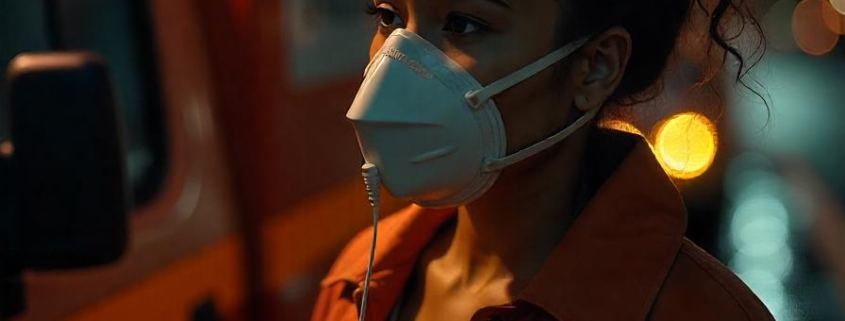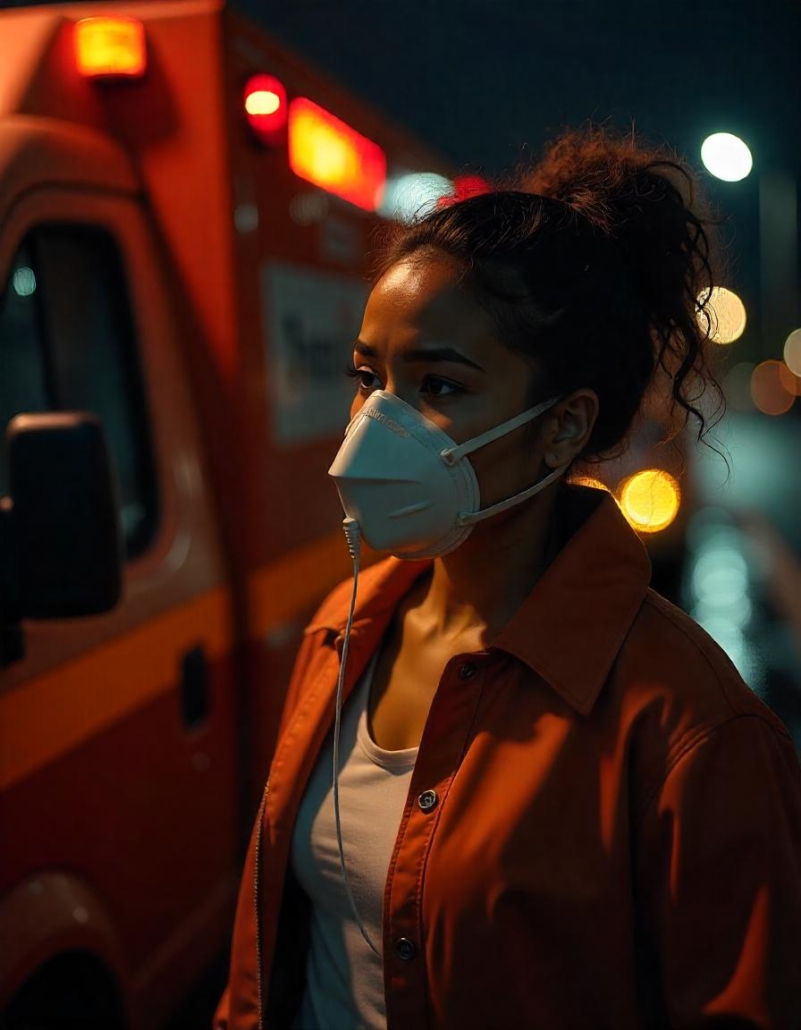
What To Do if Exposed to Carbon Monoxide
What to do if exposed to Carbon Monoxide Poisoning includes evacuating the place where you were poisoned, seeking immediate medical attention and making sure that evidence of the cause and origin of the poisoning is preserved.
By Joy Redditt
Carbon Monoxide Poisoning will most likely leave you disoriented and confused. We hope this summary provides some direction on what to do next.
The time following carbon monoxide poisoning can be scary and intimidating. Chances are you have never been through an event like this and what to do next may not be clear.
First and foremost, we want to stress the importance of seeking the proper medical attention for you and your loved ones that may have been poisoned.
Click here for What to Do if Your Carbon Monoxide Detector Goes Off?
Aside from seeking immediate medical attention, there are some additional steps that are very important to take.

What to do if you have been exposed to carbon monoxide? Evacuate, go to ER and take pictures of everything, after the indoor CO levels have returned to normal and your COHb levels are down.
Preserving Evidence If Exposed to Carbon Monoxide Poisoning
Carbon monoxide events should be treated like crime scenes and evidence should be collected and protected in the same fashion.
Carbon Monoxide Levels
The first and most important evidence to collect and preserve are carbon monoxide levels.
Ambient Air Measurement in Parts Per Million (ppm)
Carbon monoxide that is present in the air around us is measured in parts per million (ppm).
According to the United States Environmental Protection Agency, the following standards are to be followed related to carbon monoxide, which talks in terms of the amount and the duration. While there is a split of guidance between the EPA, the World Health Organization, OSHA and other governing agencies, in general, any level that approaches 10 ppm can have lasting health impacts. See
https://www.epa.gov/criteria-air-pollutants/naaqs-table
If the carbon monoxide detector in your home, apartment, office or other space alarms and it has a digital display – take pictures of the level(s) that it displays.
First responders and utility company representatives should always take ambient air measurements when responding to a possible carbon monoxide leak. It is not only important that this step take place, but that the results be recorded so a copy of the findings can be obtained, if necessary.
Click here for more on Identifying Carbon Monoxide in Ambient Air
Carboxyhemoglobin (COHb) Levels after Exposure to Carbon Monoxide
Carboxyhemoglobin (COHb) is a comp0und found in the blood formed when carbon monoxide (CO) binds to hemoglobin. This bond occurs at the same site where oxygen (O₂) normally binds, but with a much higher affinity – about 230 times stronger.
In order to find out how much carbon monoxide is in your body at any given time, a blood test that measures Carboxyhemoglobin (COHb) must be ordered. It is important that this lab test take place as soon as possible after you have left the space where you were poisoned in order to be as accurate as possible. Like the ambient air parts per million measurements, the COHb level is an important piece of evidence to be recorded.
Preservation of HVAC Materials
You should be particularly concerned that the gas burning appliances in the subject space and all ductwork, venting and component parts be preserved.
The need to preserve evidence is equally applicable to utility companies and HVAC contractors as well. The starting element for both is to document the contemporaneous findings. Utility companies must record ambient air carbon monoxide readings and what they discover about the cause and origin of the poisoning. Likewise for fire department and/or first responder personnel.
HVAC companies – or the premises owner – need to preserve the appliance and all duct work and venting. Important forensic clues are often found in the ductwork, such as evidence of corrosion or condensate. The scrap pile can wait.
Photograph Everything after Exposed to Carbon Monoxide
In this day and age when every cell phone has a camera better in low light than the best 35 mm camera made last century, preserving evidence through photographs is simple and can prove to be invaluable.
- If you are a tenant or homeowner poisoned by carbon monoxide, take pictures.
- If you are poisoned by carbon monoxide in your work space, take pictures.
- If you are a landlord or management company, take pictures.
- If you are replacing an appliance or ductwork, take pictures.
- If you are a first responder, take pictures. Taking pictures will assist in writing the subsequent mandated reports.
It certainly isn’t hard and takes little longer than a selfie. An accurate picture of the scene–taken contemporaneously – can provide much needed hard evidence of what happened.
Nearly every carbon monoxide event involves shameful neglect. In preserving adequate evidence and bringing it to light, you become part of the solution rather than part of the problem.
Preserve, photograph and record as much as possible and as soon as possible.
